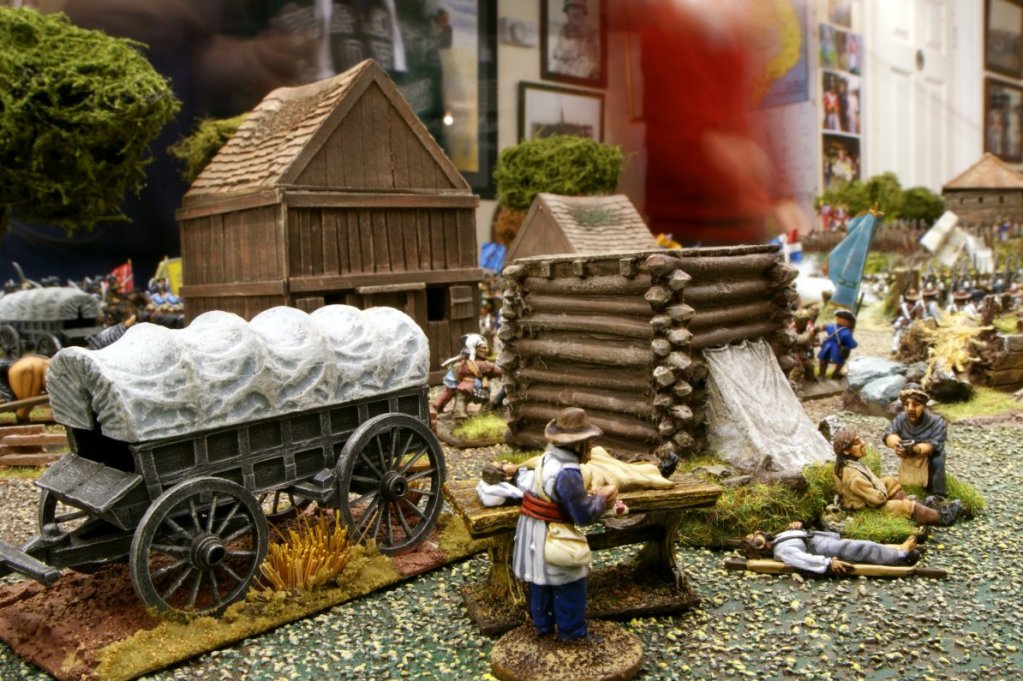
“The heavy cannons pounded the British mercilessly, and by October 11 had knocked out most of the British guns,” the Army Heritage Center Foundation states. With a small force left in New York, about 2,500 Americans and 4,000 French soldiers-facing some 8,000 British troops-began digging their own trenches 800 yards from the Brits and started a nearly week-long artillery assault on the enemy on October 9.

In response, Cornwallis asked Clinton for aid, and the general promised him a fleet of 5,000 British soldiers would set sail from New York to Yorktown. redoubts) with artillery batteries and connecting trenches. Washington also prepared false papers discussing attack plans on Clinton, and let these papers fall into British hands.” Washington arrives in Yorktownīy mid-September 1781, Washington and Rochambeau arrived in Williamsburg, Virginia, 13 miles from the tobacco port of Yorktown, where Cornwallis’s men had built a defense of 10 small forts (a.k.a. “Washington ordered the construction of large camps with huge brick bread ovens where Clinton could see them to create the illusion that the Continental Army was preparing for a long stay. “He would fool Clinton into thinking the Continentals were planning to attack New York while instead sneaking away to the south to attack Cornwallis,” according to the Army Heritage Center Foundation.


When they found the French fleet was instead sailing to the Chesapeake Bay, Washington concocted a new plan. With the Continental Army positioned in New York, Washington and Rochambeau teamed to plan a timed attack on Clinton with the arrival of more French forces. “It was obvious that the Americans needed a big victory if they were to convince the peace conference in Europe that they had a right to demand independence for all thirteen colonies,” writes Thomas Fleming in his book, Yorktown.

At the time, British forces were fighting on two fronts, with General Henry Clinton occupying New York City, and Cornwallis, who had already captured Charleston and Savannah, in South Carolina. In the summer of 1780, 5,500 French troops, with Comte de Rochambeau at the helm, landed in Newport, Rhode Island to aid the Americans.


 0 kommentar(er)
0 kommentar(er)
